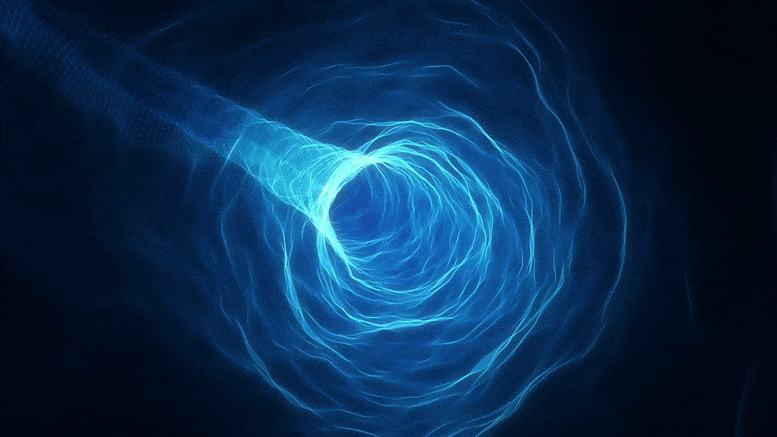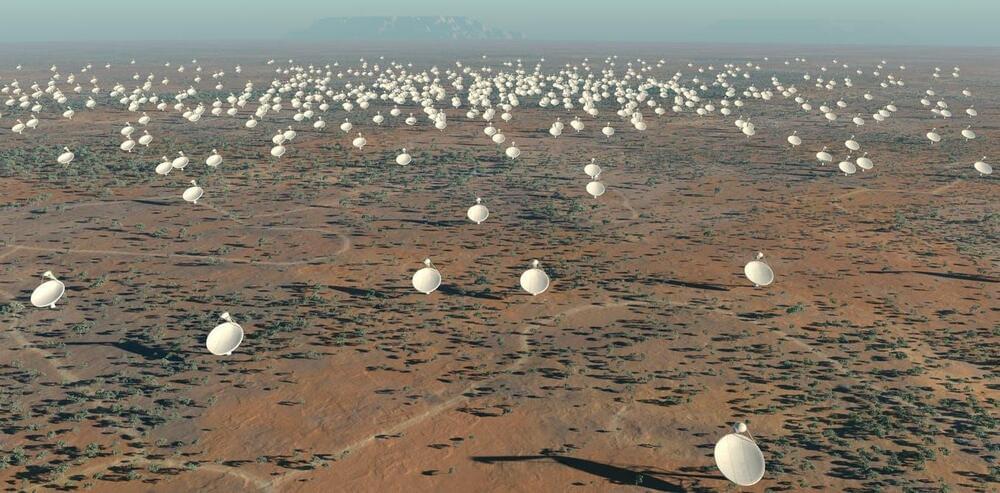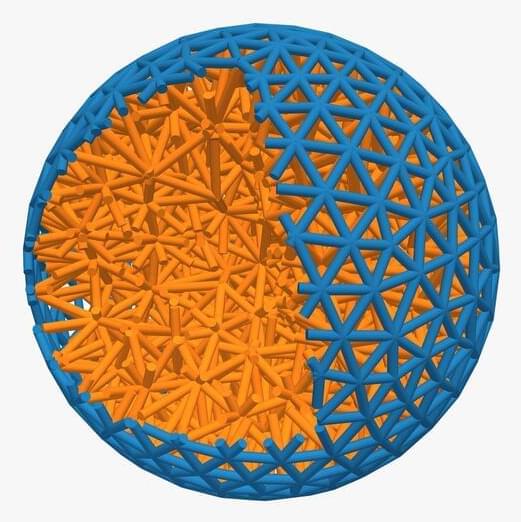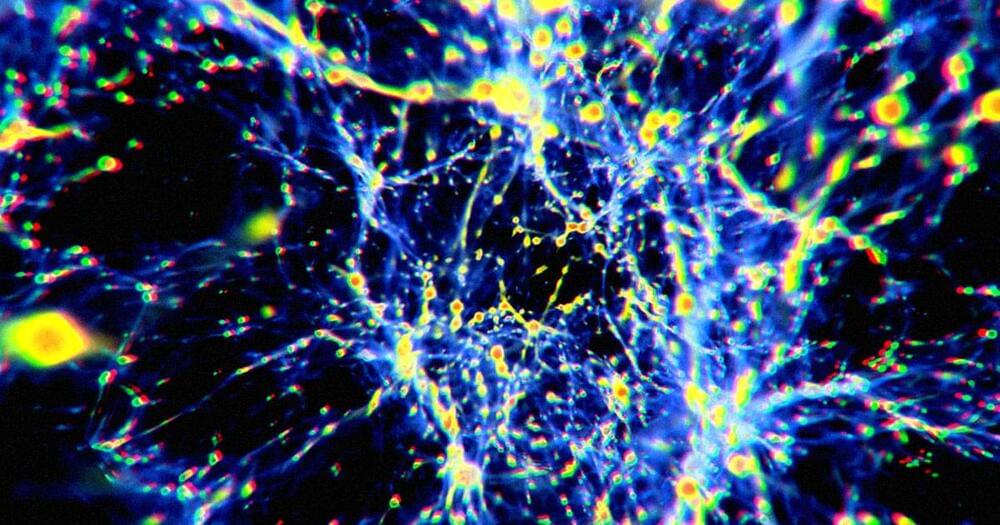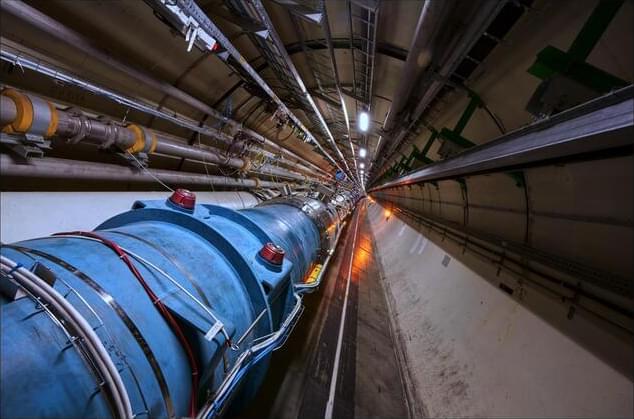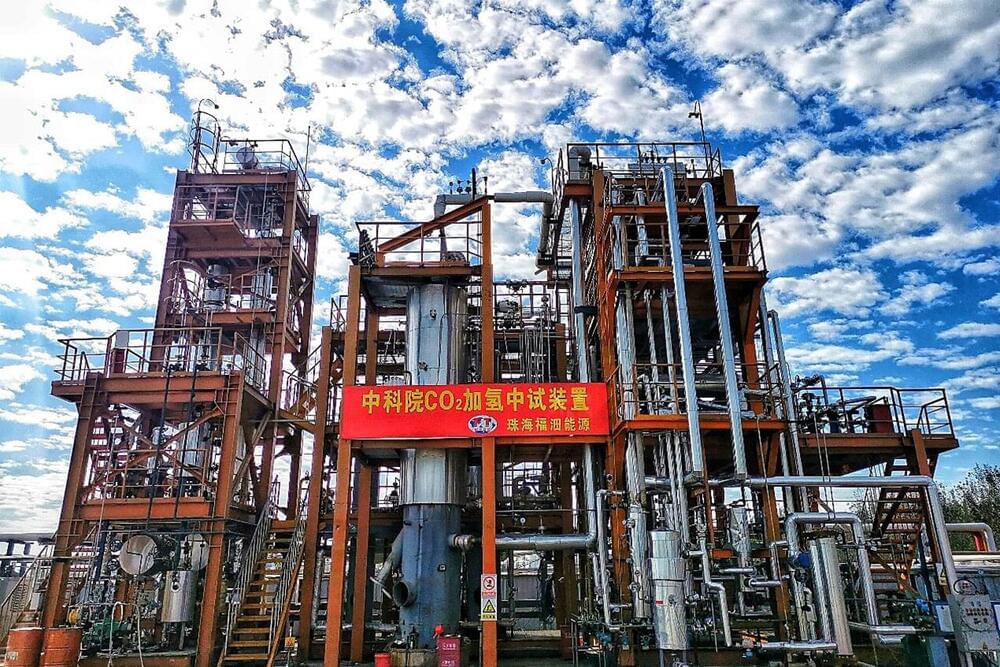Check Out Subcultured’s Anime Episode on PBS Voices: https://youtu.be/oSCj8H4TGTo.
PBS Member Stations rely on viewers like you. To support your local station, go to: http://to.pbs.org/DonateSPACE
If you’ve studied any physics you know that like charges repel and opposite charges attract. But why? It’s as though this thing — electric charge — is as fundamental a property of an object as its mass. It just sort of… is. Well it turns out if you dig deep enough, the fundamental-ness of charge unravels, and in many things, including mass itself, are unraveled with it.
Sign Up on Patreon to get access to the Space Time Discord!
https://www.patreon.com/pbsspacetime.
Check out the Space Time Merch Store.
https://www.pbsspacetime.com/shop.
Sign up for the mailing list to get episode notifications and hear special announcements!
